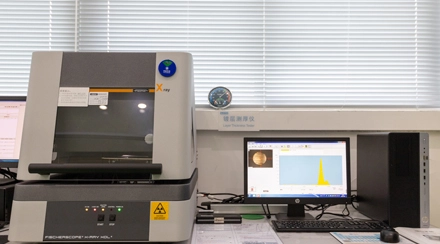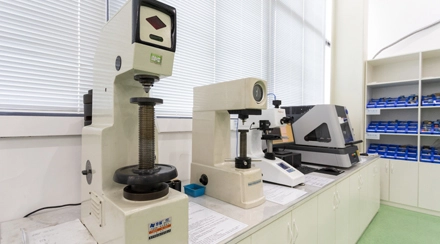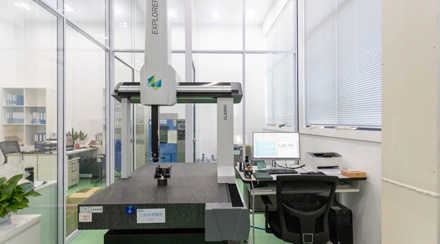As the automotive industry continues to evolve under the pressure of fuel efficiency standards, sustainability goals, and rising consumer expectations, the role of lightweight components has become more critical than ever. One solution that is rapidly gaining traction is blow molding—a highly efficient manufacturing process that enables the production of strong, lightweight, and cost-effective automotive parts. BulkTEK, a trusted provider of precision plastic processing technologies, has been at the forefront of this transformation. This article explores why blow molded automotive parts are shaping the future of vehicle design.
Blow molding is a manufacturing process used to form hollow plastic parts by inflating a heated plastic tube (parison) inside a mold until it conforms to the mold’s shape. The result is a seamless, uniform, and durable component. In the automotive industry, blow molded parts typically include:
Air ducts
Fuel tanks
Washer and coolant reservoirs
Seat backs and headrests
Structural reinforcements
BulkTEK specializes in custom blow molded solutions that meet both standard and advanced engineering requirements. By leveraging advanced thermoplastics and proprietary processing technologies, BulkTEK ensures each component meets rigorous automotive standards for performance, strength, and dimensional precision.
Blow molded automotive parts offer a wide range of benefits that make them indispensable in modern vehicle production. Here’s a breakdown of the key advantages:
| Advantage | Description |
|---|---|
| Lightweight | Blow molded parts can be up to 50% lighter than their metal counterparts, contributing to improved fuel efficiency. |
| Cost-effective | The production process minimizes waste and supports high-volume manufacturing at a lower cost. |
| Design flexibility | Complex geometries can be easily achieved, allowing engineers to optimize designs for space and function. |
| Durability | Blow molded thermoplastics offer high resistance to chemicals, impact, and temperature variations. |
| Integration | Multiple parts can be consolidated into a single component, reducing assembly time and costs. |
BulkTEK utilizes precision plastic forming technologies and tightly controlled quality systems to ensure repeatability and consistency in every component—especially critical in high-performance and safety-related applications.
The demand for efficient and space-saving solutions has made blow molded parts a go-to choice for many vehicle systems. Common applications include:
HVAC duct systems – Lightweight and formable ducts that improve airflow efficiency and cabin comfort.
Fuel system components – Complex-shaped fuel tanks and vapor recovery systems requiring high chemical resistance.
EV cooling systems – Integrated cooling modules for battery packs and electronics in electric vehicles.
Crash energy absorption – Structural parts designed to absorb energy and protect occupants during impact.
BulkTEK’s advanced engineering plastic services enable the customization of material properties—such as stiffness, flame resistance, or UV stability—to suit specific vehicle platform requirements.
Compared to other common methods like injection molding or thermoforming, blow molding offers unique advantages in specific automotive use cases:
| Forming Method | Best For | Limitations |
|---|---|---|
| Blow Molding | Hollow parts, ducts, tanks | Less suitable for intricate solid parts |
| Injection Molding | Precision solid components | Higher material and tooling cost for large hollow parts |
| Thermoforming | Large flat or curved panels | Limited wall thickness control and part strength |
With its unique capability to form hollow and complex-shaped parts in a single step, blow molding strikes an optimal balance between performance and cost. BulkTEK’s technical consulting ensures clients choose the most effective process for each application.
As the automotive sector transitions toward electric and autonomous vehicles, lightweighting is no longer just a cost consideration—it’s a performance enabler. Emerging trends include:
Material Innovation: Development of advanced engineering plastics with higher strength-to-weight ratios and recyclability.
Part Consolidation: Integration of multi-functional systems to reduce part count and weight.
Simulation-Driven Design: Use of CAE tools to optimize wall thickness, airflow, and structural integrity before production.
Sustainable Manufacturing: Demand for recyclable and bio-based materials to meet global environmental standards.
BulkTEK is actively investing in next-gen blow molding techniques, including multi-layer molding, co-extrusion, and hybrid structures that combine plastic with metal inserts or foam cores for enhanced performance.
Blow molded automotive parts are more than just a trend—they’re a strategic solution for lightweight, high-performance vehicle design. With proven expertise in blow molding and plastic engineering, BulkTEK continues to deliver customized, cost-efficient, and innovative solutions to OEMs and Tier 1 suppliers worldwide. As the automotive industry accelerates toward electrification and efficiency, the value of blow molded parts will only grow.


